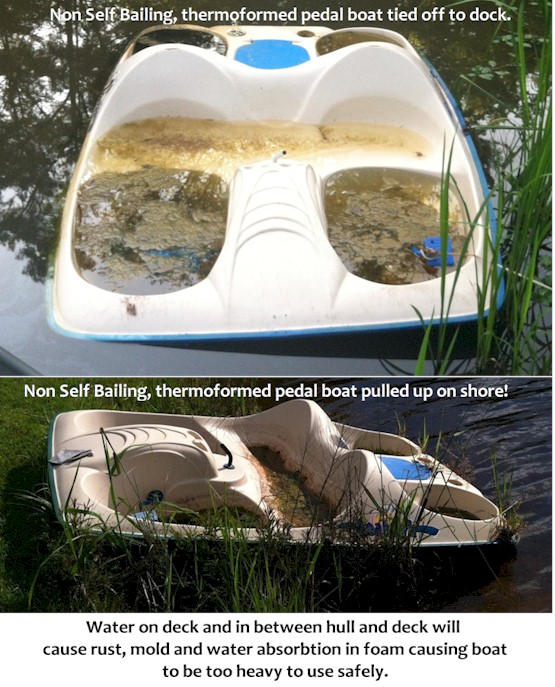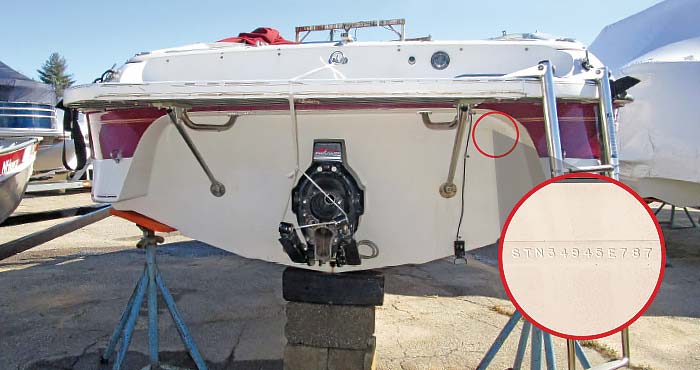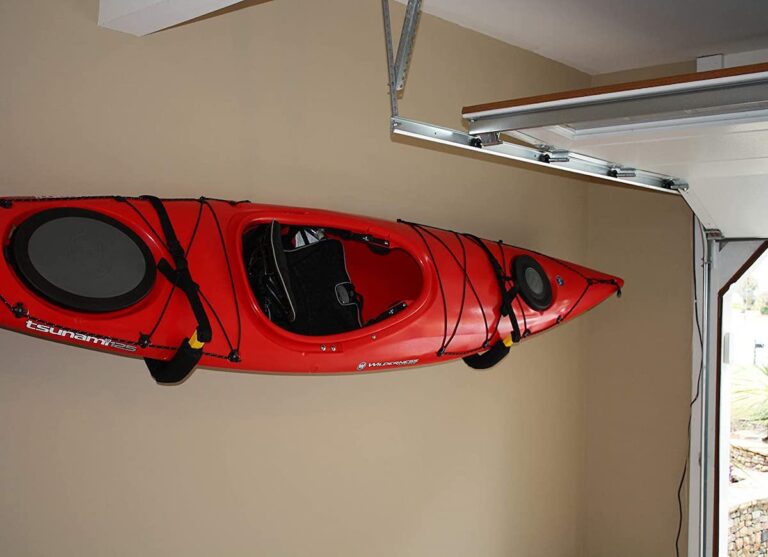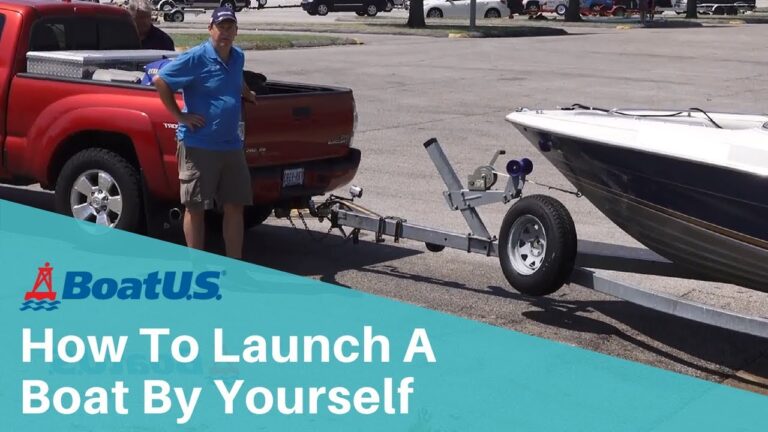What is an Impeller on a Boat?
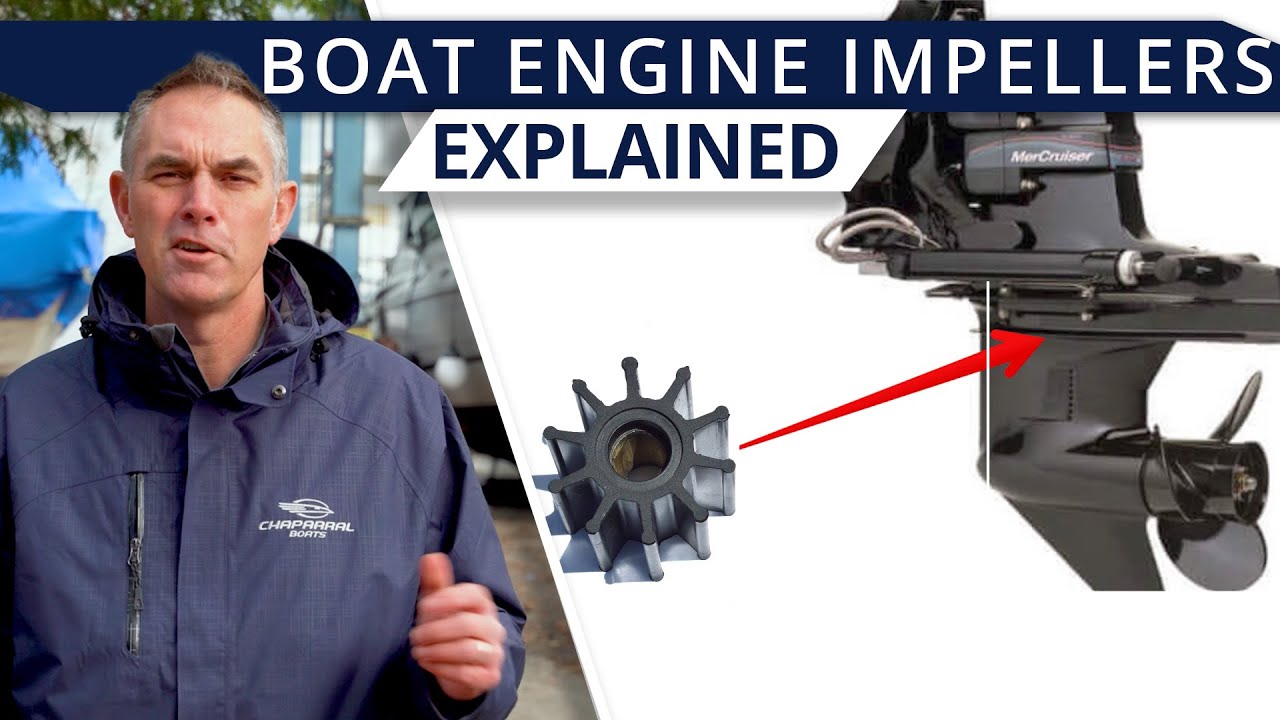
An impeller on a boat is a rotating component of a pump that moves water through the drive. It functions to propel the boat by forcing water outward.
Boat performance relies heavily on the efficiency of its impeller, a critical part of the propulsion system. Typically located within the outdrive or jet drive, the impeller operates by spinning at high speeds to create pressure that moves water, which in turn generates thrust.
Made from flexible materials like rubber, the impeller’s blades flex to maintain close contact with the pump housing, ensuring maximum flow.
Regular maintenance is necessary because debris or wear can lead to reduced performance or damage. Boaters should be aware of signs like overheating or poor acceleration, which could indicate impeller issues. Upkeep of the impeller is essential for a smooth and safe boating experience.
Anatomy Of A Boat Propulsion System
An impeller is a crucial part of a boat’s propulsion system. It’s a rotating component that transfers energy from the engine to the water. This creates thrust that moves the boat forward. A common analogy is that an impeller acts much like a fan air to create flow within a space, but with water.
Different impellers do the job differently. The materials used to make an impeller affect its durability and performance. Most impellers are made from rubber, plastic, or metal. Each type has its unique benefits and fits different boating conditions.
| Impeller Type | Material | Best Suited For |
|---|---|---|
| Rubber | Flexible, handles debris | Recreational boats |
| Plastic | Lightweight, economical | Small motors, calm waters |
| Metal | Strong, heat resistant | High-performance boats |

Credit: www.boat-ed.com
The Impeller’s Functionality
The impeller plays a critical role inside a boat’s engine. This key component is responsible for converting the engine’s power into water flow, allowing the boat to move.
The process begins as the engine generates power, which the impeller then transforms into kinetic energy. This energy moves water through the pump, creating thrust that propels the boat forward.
| Impeller | Propeller |
|---|---|
| Located inside the engine | Mounted outside the hull |
| Forces water flow for cooling and propulsion | Creates thrust in open water |
| Hidden from view | Visibly spins behind or below the boat |
Signs Of Impeller Failure
Boat engines can act up if the impeller fails. You might notice your boat is running hotter than usual. This means the engine could be overheating. The impeller’s job is to keep the engine cool. So, a hot engine is a big warning sign.
Boats that struggle to accelerate may have impeller issues. A good impeller helps engines power up quickly. If yours doesn’t, it’s time to check. Regular maintenance avoids such problems. It’s like your boat’s “health check-up”. Be sure to do these routine checks.
| Sign | What It Might Mean |
|---|---|
| Engine Runs Hot | Impeller not cooling properly |
| Poor Acceleration | Impeller may be damaged |
| Decreased Water Flow | Impeller could be blocked |
Replacing A Boat’s Impeller
Replacing a boat’s impeller is crucial for a smooth operation. Gather all tools and materials before starting the replacement process. You will need new impellers, wrenches, pliers, and lubricant. Always ensure you have the correct impeller type for your boat model.
| Step | Action |
|---|---|
| 1 | Turn off the engine |
| 2 | Remove the pump housing |
| 3 | Take out the old impeller |
| 4 | Apply lubricant to the new impeller |
| 5 | Install the new impeller |
| 6 | Reassemble the pump housing |
| 7 | Start the engine to test |
Check the engine for smooth running after installation. Regular impeller maintenance avoids engine overheating. Never disregard the manufacturer’s guidelines.
Advancements In Impeller Technology
Boat impellers have seen major design upgrades. Engineers now focus on optimizing fluid flow for better performance. New shapes and patterns on impeller blades cut through water with greater ease.
Manufacturers are also turning to eco-friendly materials. These materials are less harmful to marine environments. They also improve engine efficiency. More efficiency means better fuel economy and lower emissions.

Credit: www.youtube.com
Frequently Asked Questions
How Often Should A Boat Impeller Be Replaced?
Replace a boat impeller every 2-3 years or after 200-300 hours of operation, whichever comes first, to ensure optimal performance. Always consult your owner’s manual or a professional for specific recommendations for your boat’s make and model.
How Do You Know If Your Boat Impeller Is Bad?
Signs of a bad boat impeller include overheating, low water pressure in the cooling system, and unusual noise or vibrations from the engine.
How Do I Know If My Impeller Is Worn Out?
A worn impeller often shows reduced water flow or pressure. Listen for unusual noises and check for visual wear or damage. Regular performance checks will help identify efficiency loss, signaling potential wear.
What Happens When An Impeller Breaks?
A broken impeller can lead to decreased fluid flow, poor system performance, and potential damage to the pump or system components. Immediate repair or replacement is necessary to prevent further issues.
Conclusion
Understanding the role and function of an impeller in boating is crucial for optimal vessel performance. It’s the heart of your boat’s engine, pushing water to create propulsion. Regular inspection and maintenance ensure a smooth sailing experience. For enthusiasts and professionals alike, grasping impeller basics is a step towards seamless nautical adventures.
Keep your boat’s impeller in check and enjoy every voyage!
